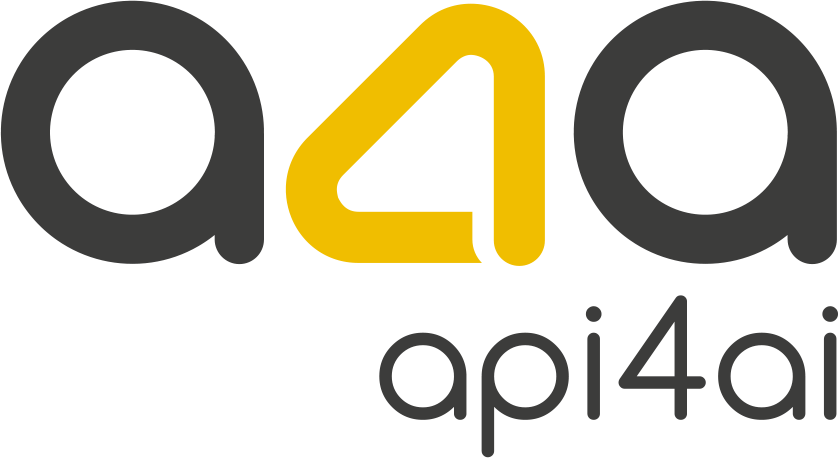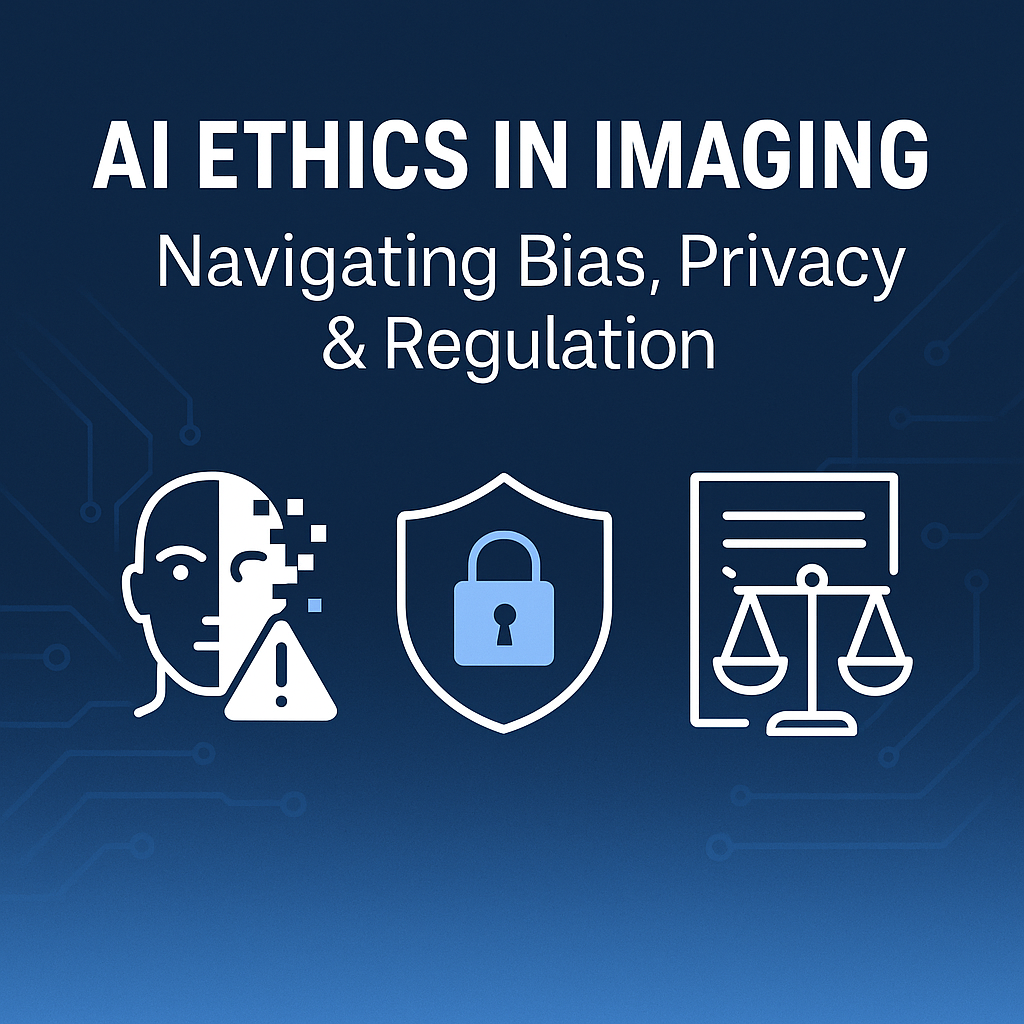
AI Ethics in Imaging: Navigating Bias, Privacy & Regulation
As AI-powered imaging systems become integral to products and operations, ethical risks like bias, privacy violations, and regulatory breaches are no longer just technical concerns — they’re boardroom issues. This blog post unpacks the strategic value of ethical vision AI, showing how C-level leaders can transform compliance into competitive advantage through smart governance, responsible deployment, and scalable technical safeguards.
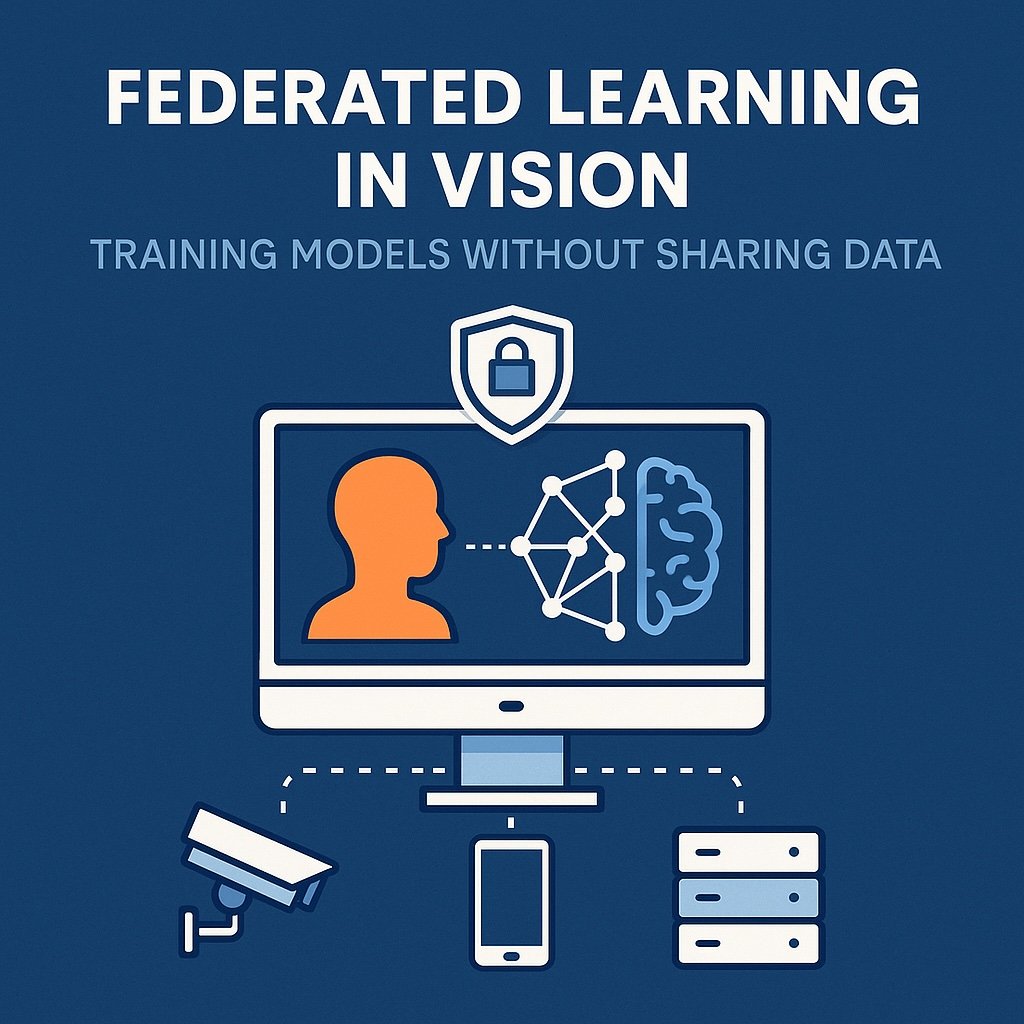
Federated Learning in Vision: Training Models Without Sharing Data
In a world where data privacy is both a legal requirement and a competitive differentiator, federated learning is emerging as a game-changer for computer vision. It allows organizations to train AI models across decentralized image data — without ever moving or exposing sensitive files. From retail shelf analytics and medical imaging to defect detection and autonomous driving, this privacy-first approach is enabling faster, safer innovation. In this post, we explore how federated learning works, where it’s delivering real ROI, and how C-level leaders can adopt it using a blend of ready-made APIs and custom solutions to stay ahead in the AI race.
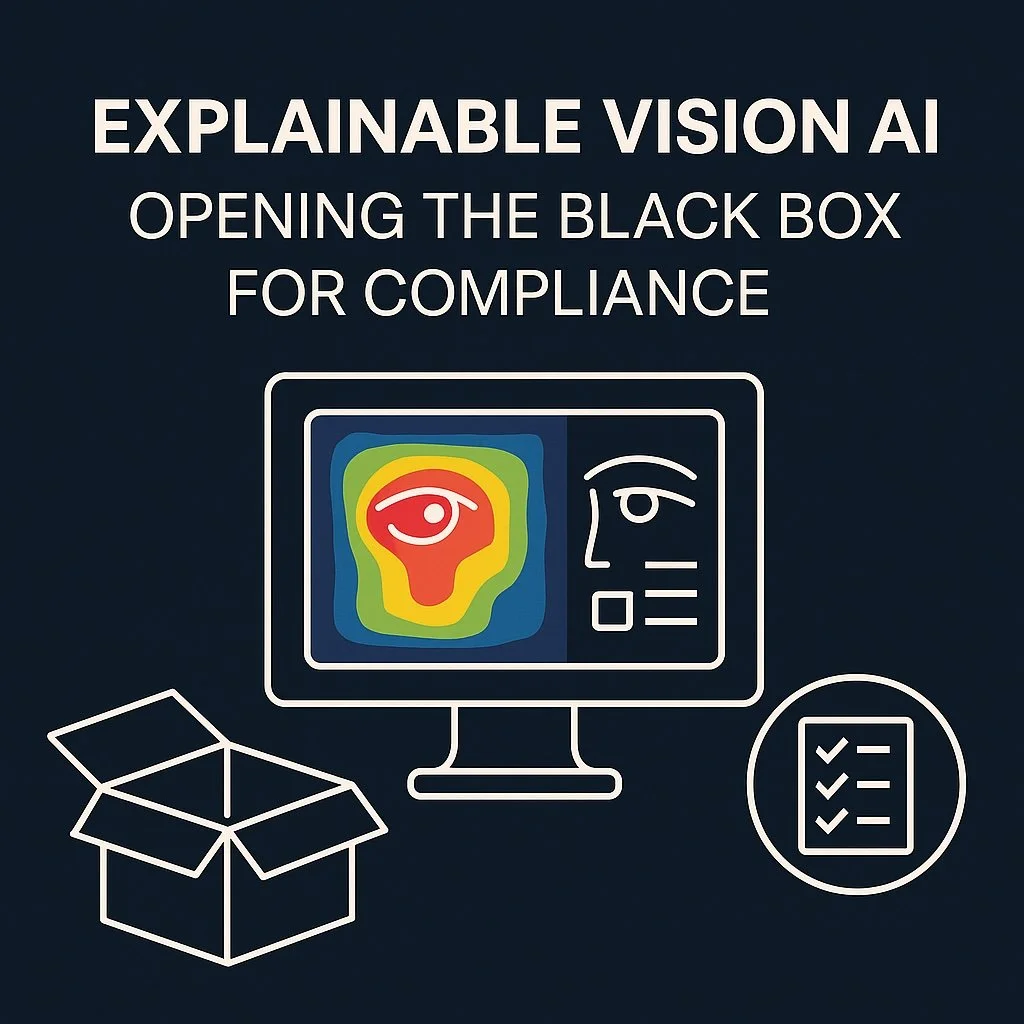
Explainable Vision AI: Opening the Black Box for Compliance
As AI-driven image analysis becomes central to business operations — from identity verification to brand monitoring — regulators and stakeholders are demanding more than just accuracy. They want transparency. In this blog post, we explore how explainable vision AI is transforming compliance from a reactive cost center into a strategic asset. Discover how modern techniques can open the black box of deep learning, reduce legal exposure, and build trust across your ecosystem — all while keeping your computer vision pipelines efficient and scalable.
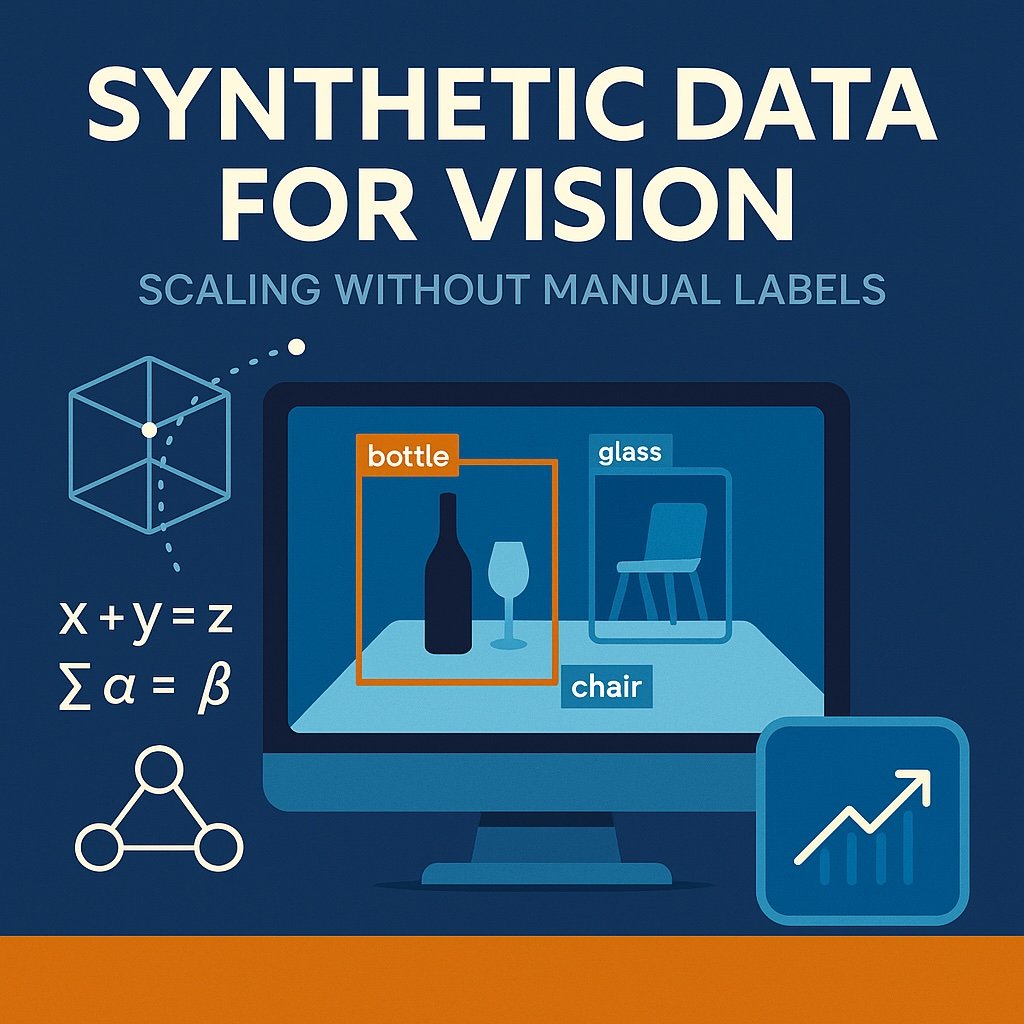
Synthetic Data for Vision: Scaling Without Manual Labels
Manual data labeling is one of the most expensive and time-consuming barriers to scaling computer vision — and it's no longer sustainable. Synthetic data offers a smarter alternative: algorithmically generated images with built-in annotations, enabling faster model development, lower costs, and full compliance with modern data privacy regulations. In this article, we explore how synthetic data is transforming industries like retail, manufacturing, and mobility, and why forward-thinking executives are adopting it as a core component of their AI strategy.
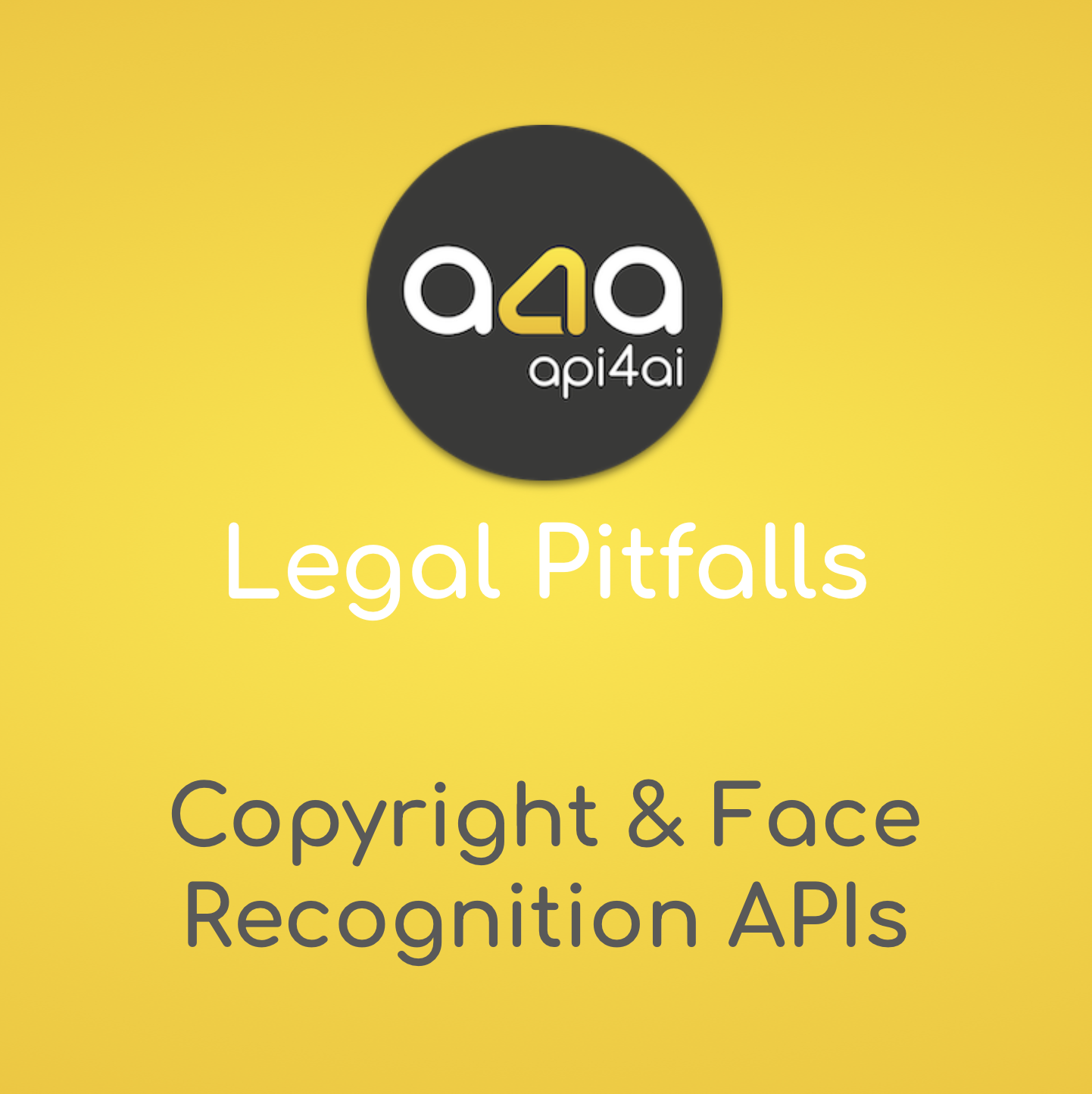
Legal Pitfalls: Copyright & Face Recognition APIs
Face recognition APIs unlock powerful user experiences — but without the right legal guardrails, they can expose your product to lawsuits, fines or forced shutdowns. In this guide, we unpack the legal pitfalls around biometric privacy and image copyright and offer practical strategies like consent flow design, data retention policies, geo-based feature toggles and safe dataset sourcing. Whether you're using ready-made APIs or building custom computer vision solutions, this post shows how to stay compliant without compromising on innovation.

Content Moderation at Scale: Balancing Speed & Ethics
As user-generated content floods platforms faster than ever, content moderation must evolve beyond basic filters. Today’s challenge is striking the right balance between real-time automation and ethical oversight — all while meeting rising regulatory demands. From NSFW detection and graphic violence filtering to audit-ready logging and human-in-the-loop review, this post explores how modern systems are built to scale safely and transparently. Learn how modular AI tools, threshold tuning and escalation flows create trust-centric moderation pipelines that keep platforms both compliant and user-friendly.
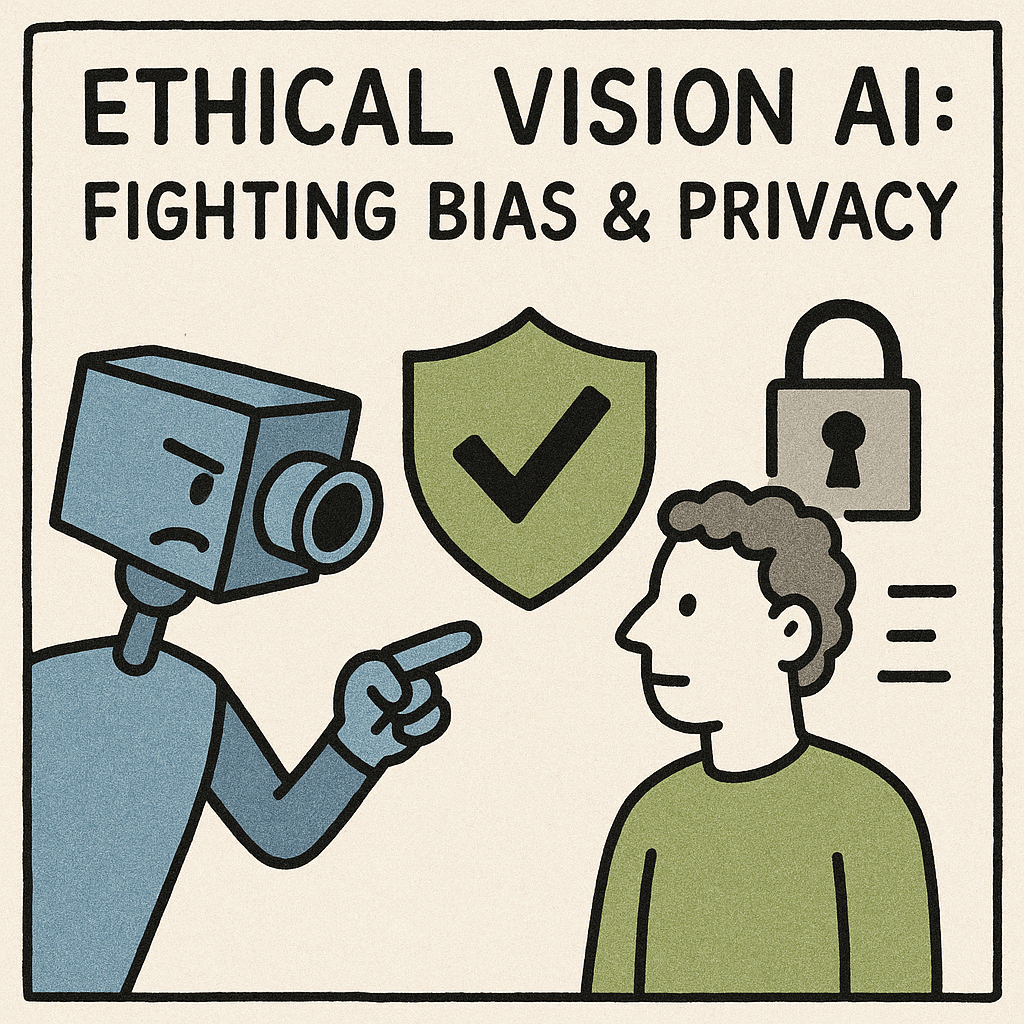
Ethical Vision AI: Fighting Bias & Privacy
Vision AI is transforming industries from retail to public safety — but without careful attention, it can also introduce bias and privacy risks. In this blog post, we explore how ethical challenges emerge in face recognition, surveillance and analytics and lay out practical strategies for building fair, transparent and privacy-first computer vision systems. From curating balanced datasets to designing explainable models and deploying anonymization tools like API4AI’s Image Anonymization API, discover how businesses can turn responsible AI practices into a powerful competitive advantage. Learn why ethics isn’t just about compliance — it’s the future of trusted innovation.
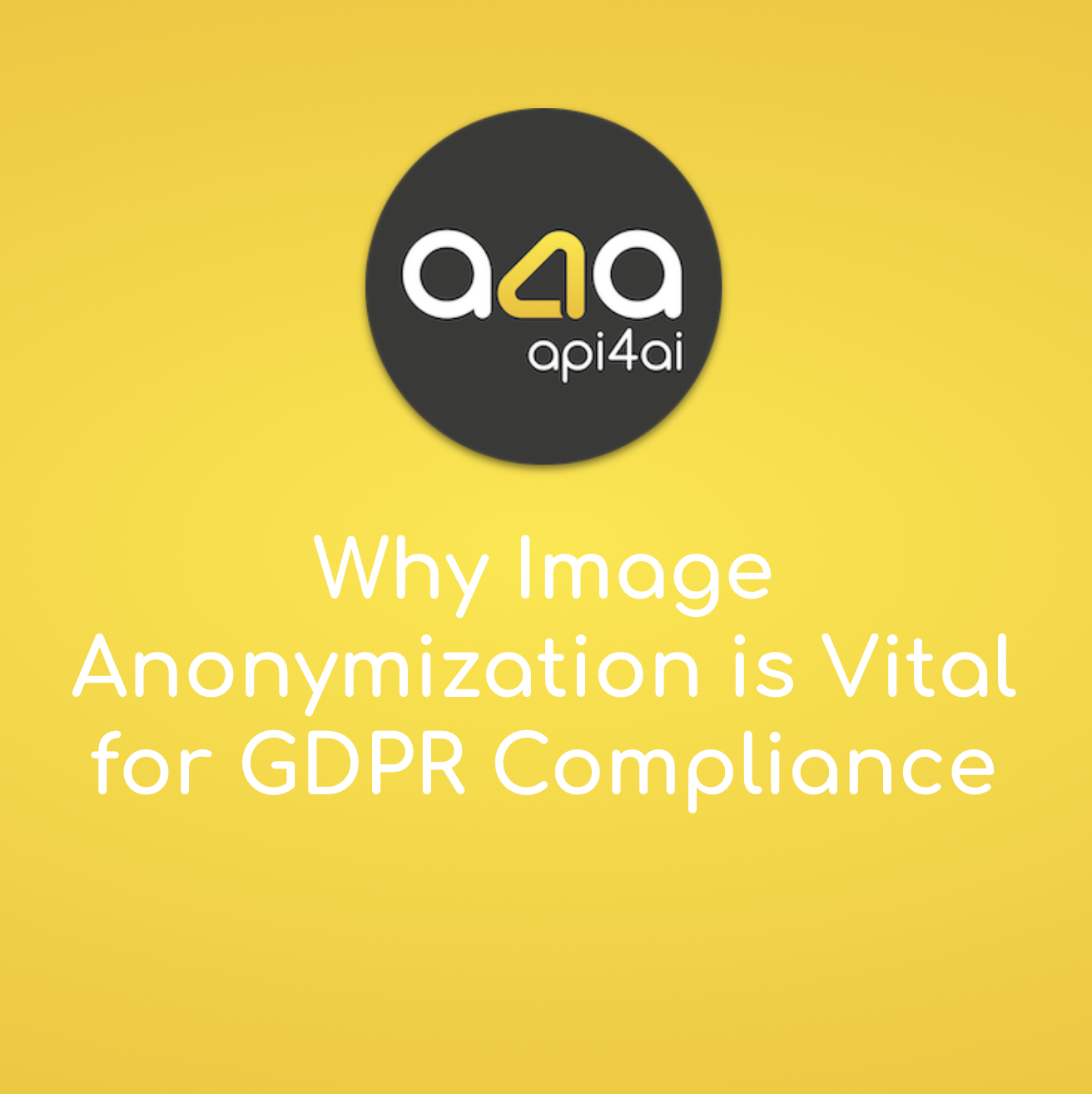
Why Image Anonymization is Vital for GDPR Compliance
In today’s digital world, businesses collect and process vast amounts of image-based data — whether through security cameras, user-generated content or AI-powered analytics. However, GDPR and other privacy regulations classify identifiable visual data as personal information, meaning companies must take extra steps to ensure compliance.
Image anonymization is one of the most effective ways to safeguard privacy while still utilizing valuable image data. By removing or obscuring personal identifiers such as faces, license plates and background details, businesses can continue leveraging visual data without violating data protection laws.
Traditional manual anonymization methods are slow, error-prone and difficult to scale, making them impractical for modern businesses. AI-powered anonymization solutions offer a fast, accurate and automated approach, ensuring compliance while maintaining data usability. From surveillance and healthcare to e-commerce and social media, AI-driven image anonymization is becoming a necessity for industries that rely on visual data processing.
As privacy regulations evolve, businesses that integrate AI-driven anonymization solutions today will be better equipped to handle future compliance challenges while protecting user trust and minimizing legal risks.

GDPR Compliance Made Easy with AI-Powered Image Anonymization
Navigating GDPR compliance can be challenging, especially when it comes to handling visual data like images and videos. Manual anonymization is time-consuming, error-prone and impractical for large datasets. AI-powered image anonymization offers a game-changing solution, automating the process with unmatched speed, accuracy, and scalability. In this post, we explore the importance of GDPR compliance, the role of AI in safeguarding sensitive data and how tailored solutions can meet unique business needs. Discover how leveraging advanced tools can streamline workflows, ensure regulatory compliance and future-proof your operations in an increasingly privacy-conscious world.
